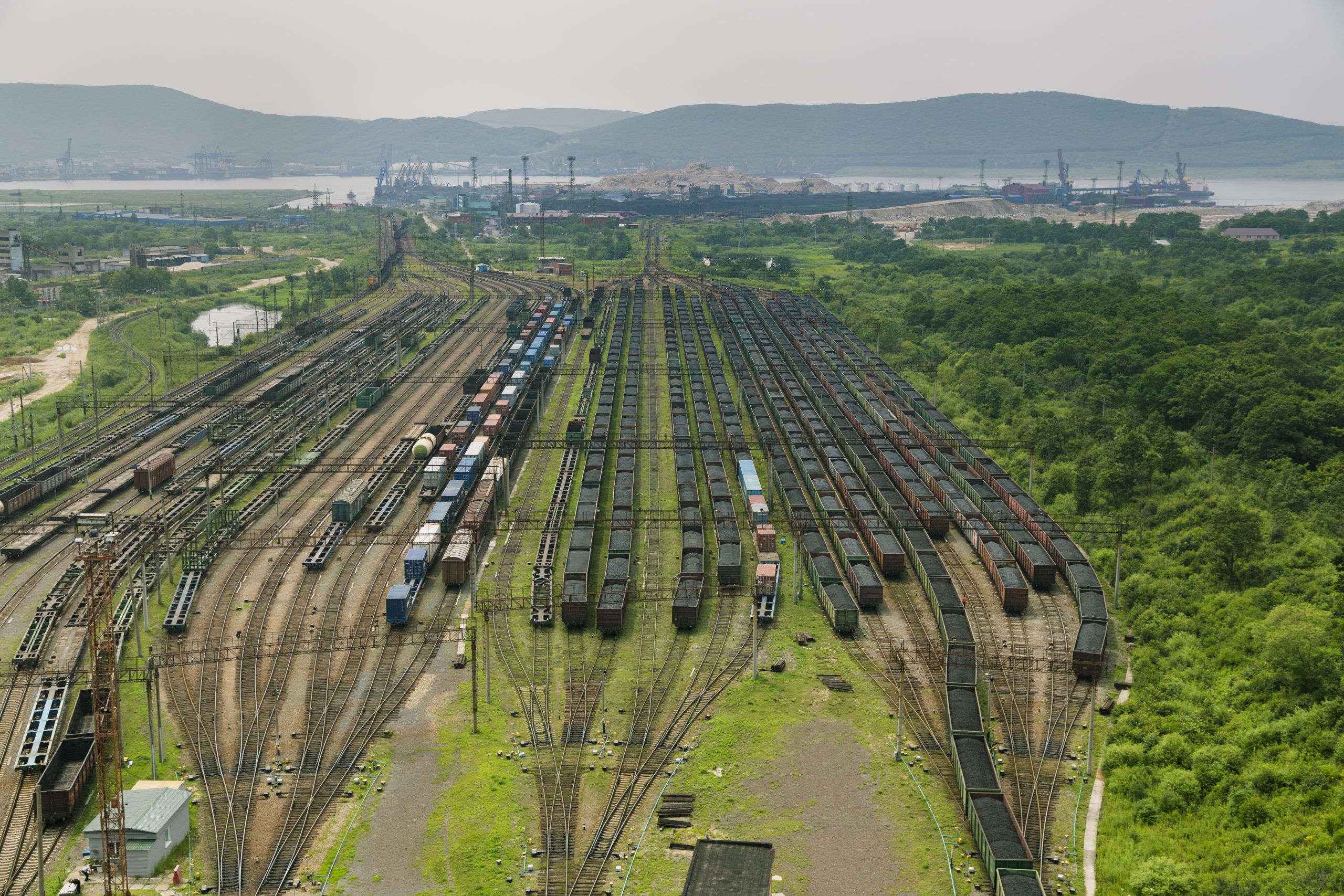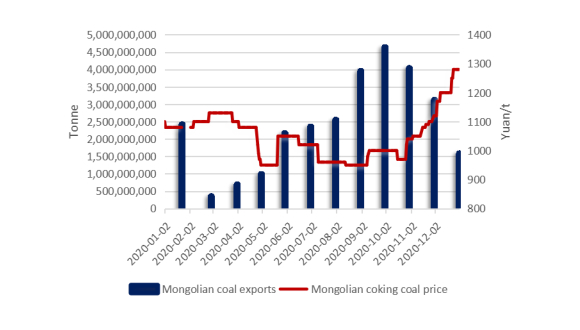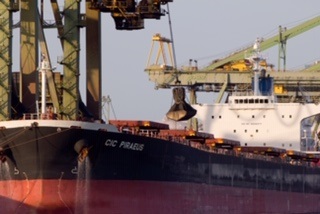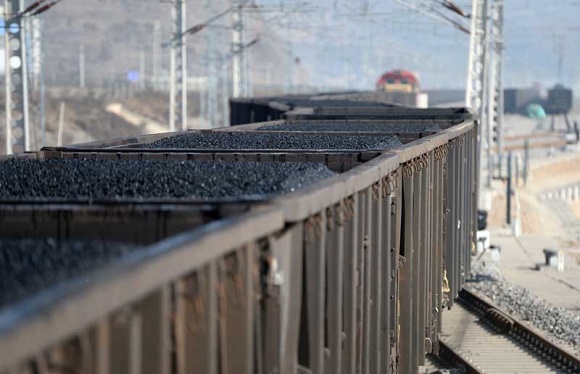

EU countries have approved the embargo on the imports of Russian coal as part of a new package of sanctions against the Russian Federation. The embargo provides for a ban on the purchase, import or transit of coal and will take effect from 10 August. Until then, the parties will be allowed to fulfill contracts concluded before April 9.
The UK also announced that it would stop purchasing Russian material, but only by the end of 2022. Japan is gradually joining this initiative, though the authorities have not yet set specific dates, but some companies are already making statements in this regard.
It will be difficult for European consumers to find alternative sources, but not impossible, as the global coal market is well diversified. Although Russian coal is of good quality, including low ash and sulfur content.
However, the redistribution of supplies can be a challenging task for Russia, since the possibilities of shifting are limited by the capacity of the railway in the east and south directions, as well as the ability to find buyers in the Asia-Pacific market, India and other non-European countries. An additional limiting factor is the situation in the freight market, with higher rates and rising insurance premiums for calling at Russian ports and the general unwillingness of shipowners to work with Russia.
Total Russian volumes of coal consumed in Europe, Japan and South Korea combined amounting to 100 mio t of the total 225 mio t of last year’s coal exports will be at risk in 2023.
A direct consequence of this situation will be as follows: increasing supplies to Europe from Australia, Indonesia, South Africa, the USA and Colombia; reduction in the supply of coal on the world market; elevated prices with upside potential; the emergence of new price indices for Russian coal, which will be supplied at a discount compared to coal from other exporting countries.
Additional volumes of Russian coal considering current situation with logistics can now be shipped to Asian markets only through Western ports, which implies additional freight costs. In general, there will be an increase in the distance of deliveries (Australia and Indonesia to Europe, and Russia through the west to Asia), and hence the time of deliveries, as a result, lower availability of vessels for coal, which will also put upward pressure on freight rates.
Thus, there will be less coal in the market, and it will become more expensive. At the same time, the higher costs will be incurred not only by Russian suppliers, but also by European consumers.
Source: CAA













